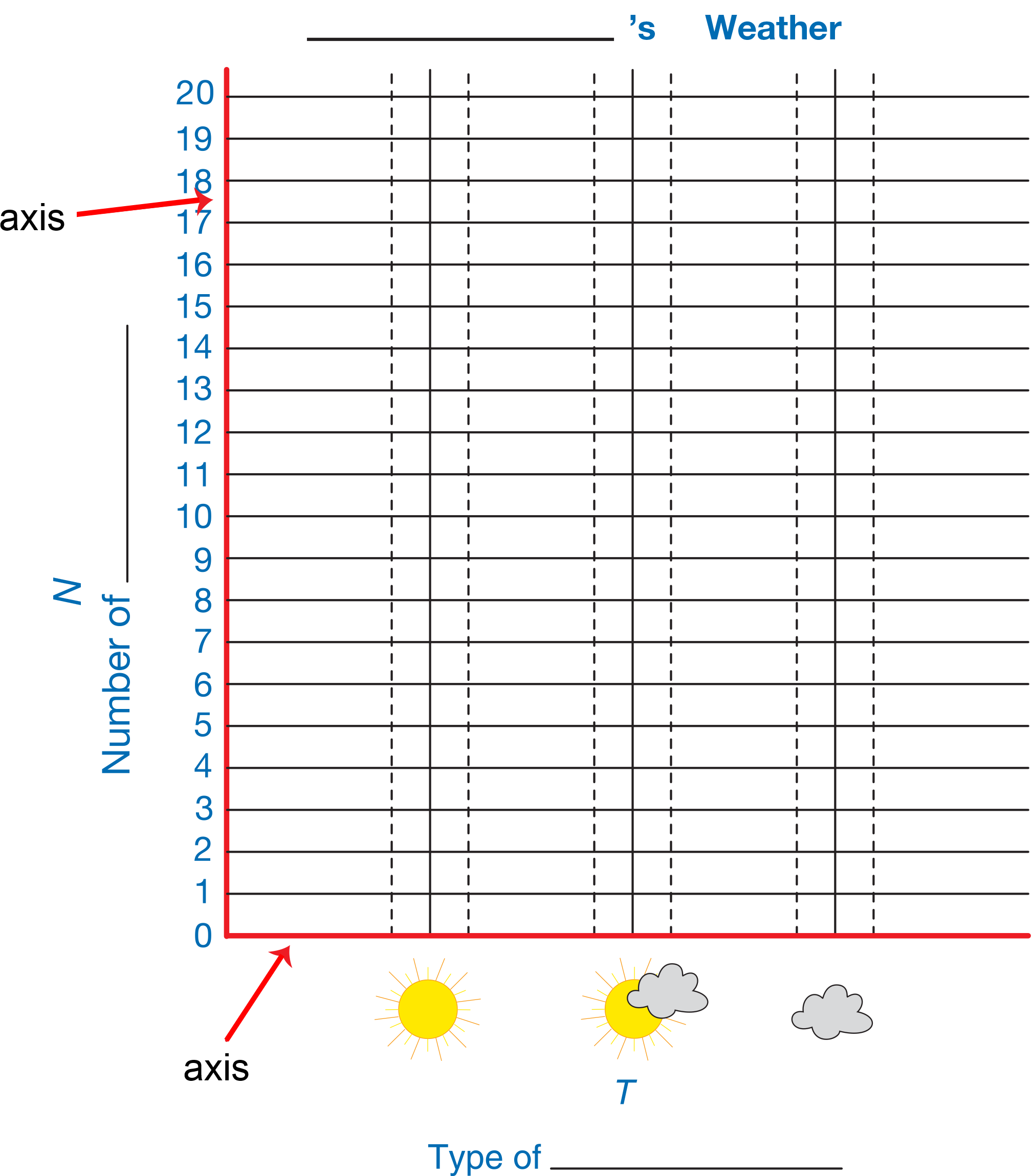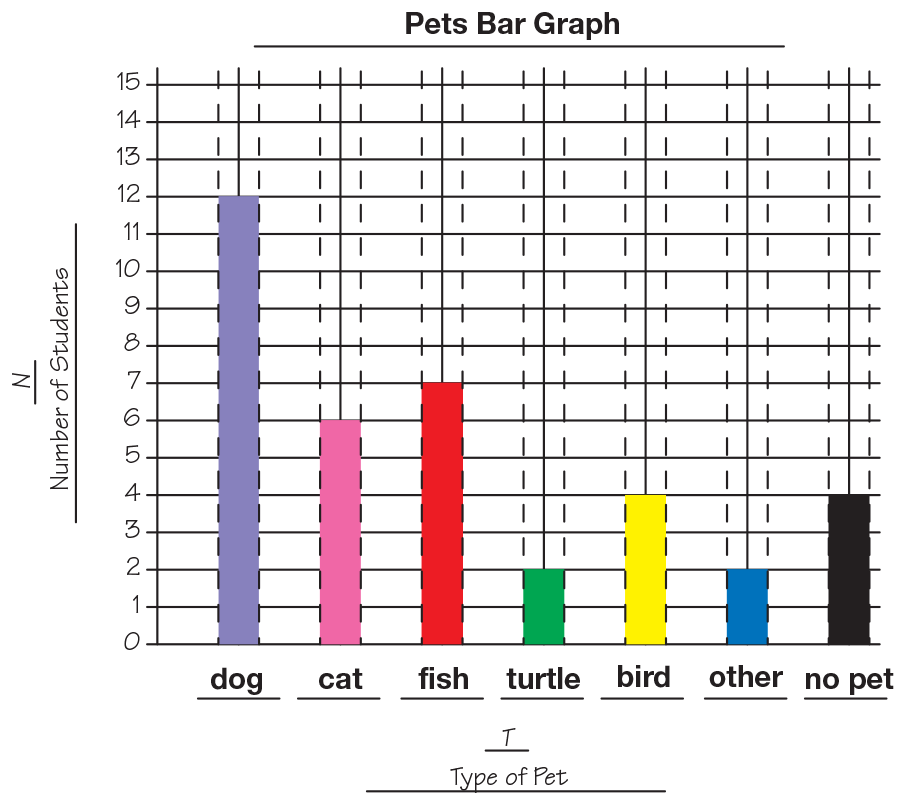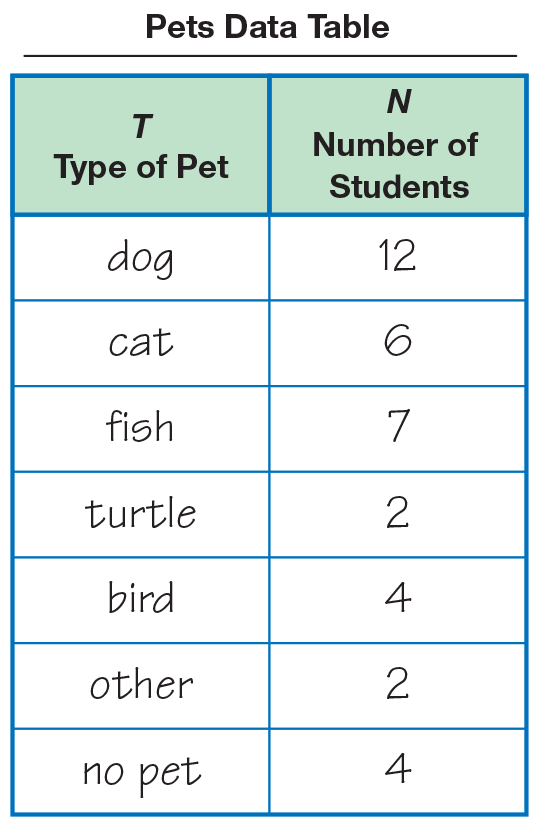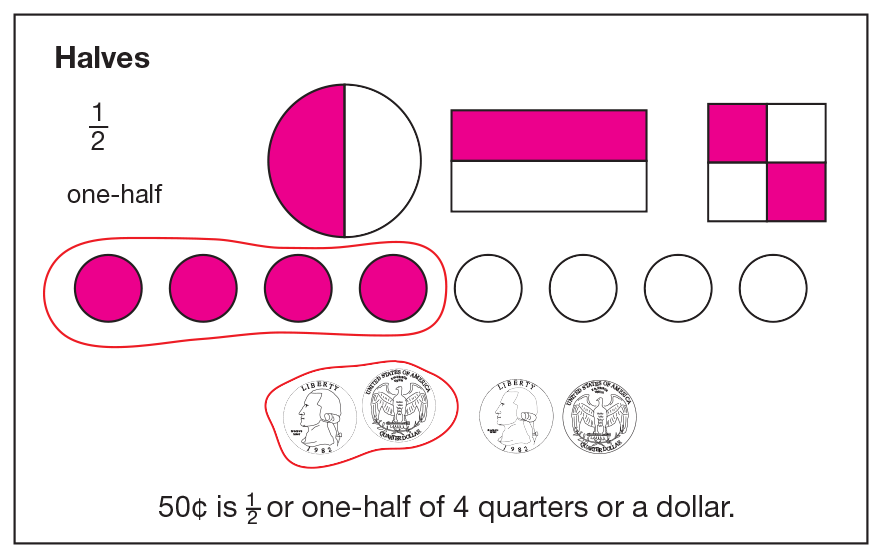This lesson is an introduction to an ongoing investigation where students collect and record sky condition data in a table for a month. Data collection should start on the first day of the month and continue throughout the month. At the end of the month, students will transfer the information to a graph so that they can analyze and discuss the data. The process will be repeated later in the school year, allowing them to compare and contrast the two findings. A gap of three months between the two data collections is recommended. October and February are ideal.
Content in this Lesson
- Collecting, organizing, graphing, and analyzing data.
- Connecting representations of numbers (e.g., tallies and symbols) [E6].
- Using patterns in data to make predictions and solve problems.
- Exploring time concepts.
- Connecting mathematics to real-world situations: collecting weather data.
- Reading and writing numbers to 30 or 31 [E5].
- Counting 0–30 or 31 days in a month and 0–20 tallies [E1].
- Identifying 5 or 10 tallies without counting [E2].
- Counting on from 5 or 10 tally marks [E4].
- Comparing numbers using more or less [E3].
Assessment in this Lesson
| Assessment | Expectation Assessed |
|---|---|
| Weather Calendar Student Activity Book Page 11 |
|
| DPP Item O Even More Pennies Teacher Guide - digital |
|
| DPP Item P Math Hoppers Teacher Guide - digital |
|





















